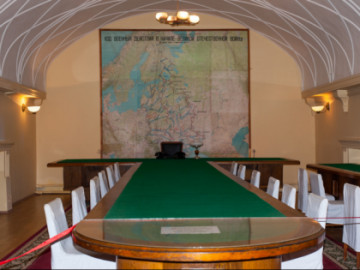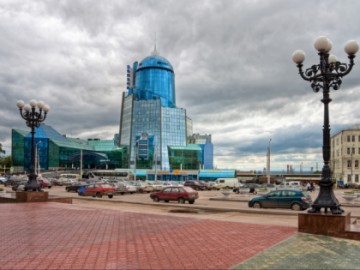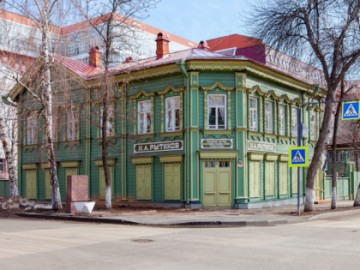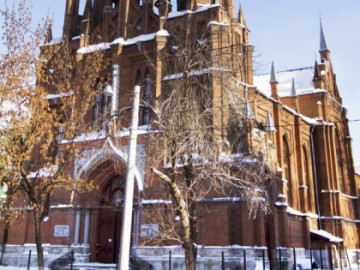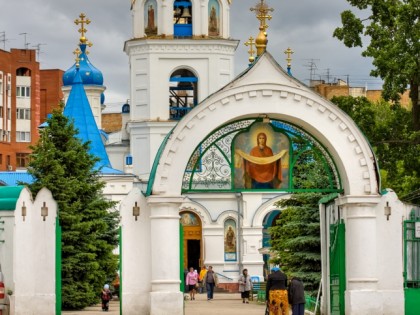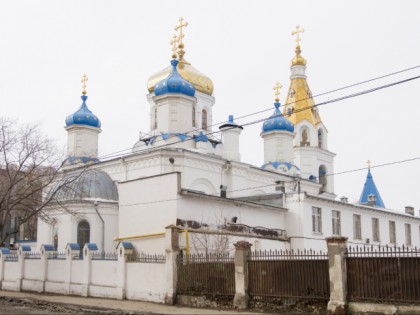Pokrovsky Cathedral: Tent-shaped Bell Tower and Tenor Kozlovsky
The main shrine of the Pokrovsky Cathedral is the icon of the Mother of God "The Seeking of the Lost". It was the shrine of the noble Kadyshevs family, who got it in 1666. At that time it was delivered to Saratov and presented to the local military governor Kadyshev. After the revolution the icon, kept in the Rakovsky Monastery, was handed over to the Pokrovsky Cathedral. By then, the cathedral had already been standing for more than half a century. It was built in place of a small graveyard church which had a limited space to admit parishioners.
The project of the Pokrovsky Cathedral was designed by St. Petersburg architect Zhiber. Samara merchants Shikhobalovs donated an impressive amount to the construction. John of Kronstadt himself attended the consecration of the temple. Zhiber created a stone cathedral on the patterns of Moscow religious architecture of the 18th century. It is five-domed and has a tent-shaped bell tower. Even after the construction, merchants Shikhobalovs allocated great sum of money for the maintenance of the cathedral, so it always had the most expensive utensils. The interior design was also performed mainly at their expense: the walls were faced with artificial marble, which at that time was even more expensive than a real one, as well as with frescoes in the Italianate style (only the dome icon has survived to this day).
After the October Revolution, the Pokrovsky Cathedral was not closed, as the best part of Samara’s clergy was well disposed towards the new government. The cathedral was once even the only active temple in the city. When the capital theaters were evacuated to Samara during the Great Patriotic War, the temple resounded with the songs of the great tenor Ivan Kozlovsky: the leading singer of the Bolshoi Theatre participated in the divine services. Besides the icon "The Seeking of the Lost", the temple also keeps the relics of Saint Nicholas, part of the Life-giving Cross and the stone from the Life-giving Tomb of the Savior.


